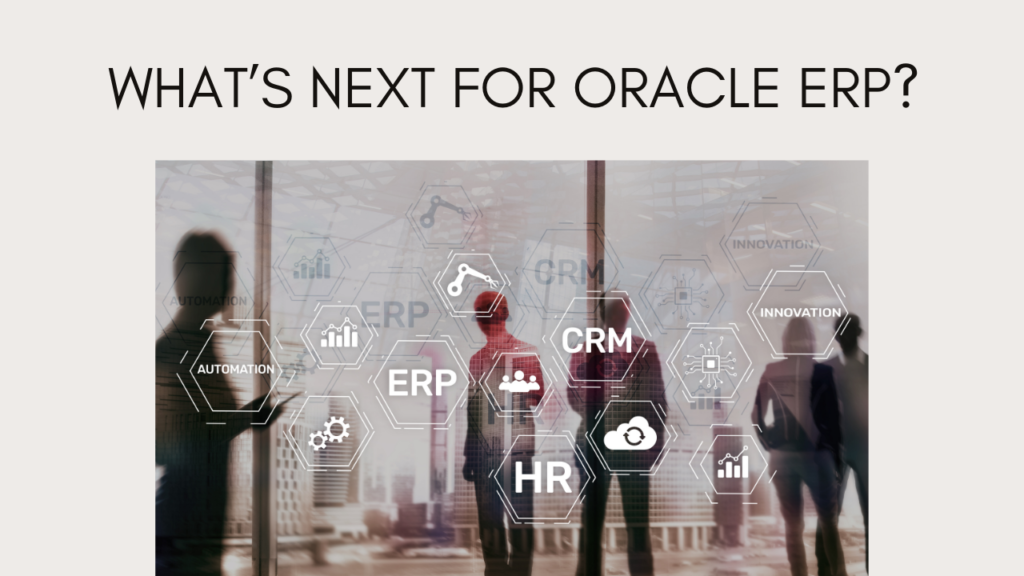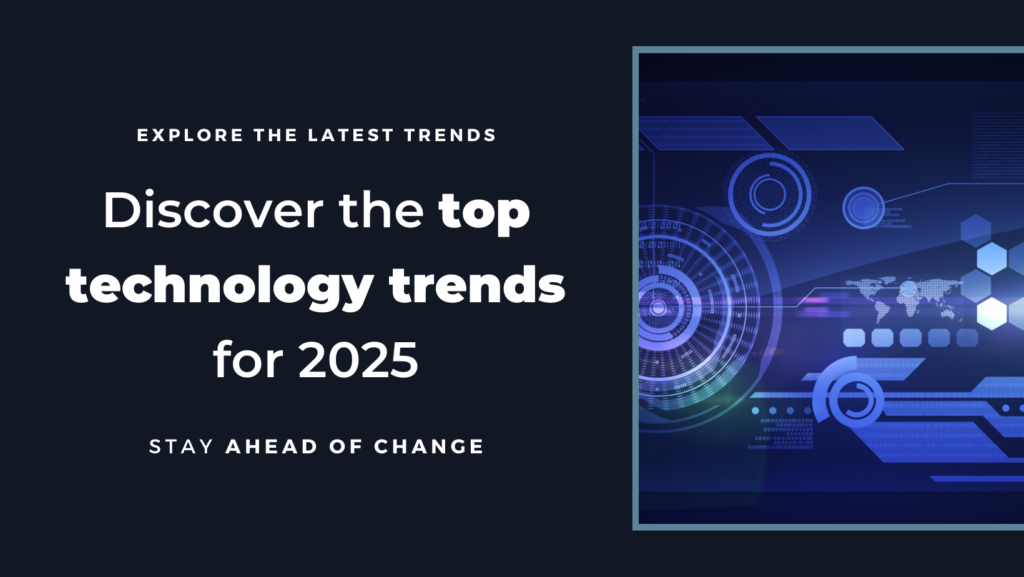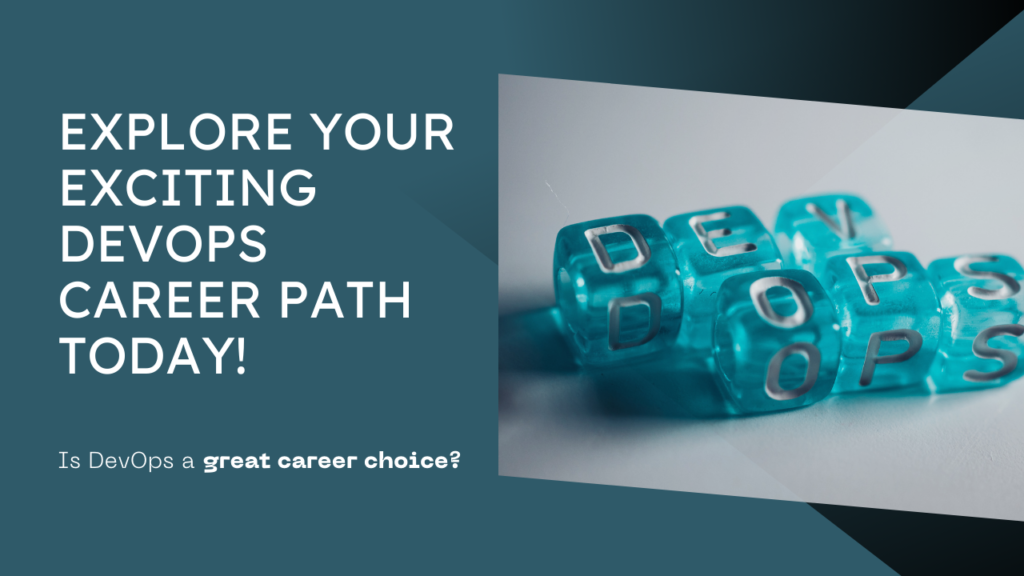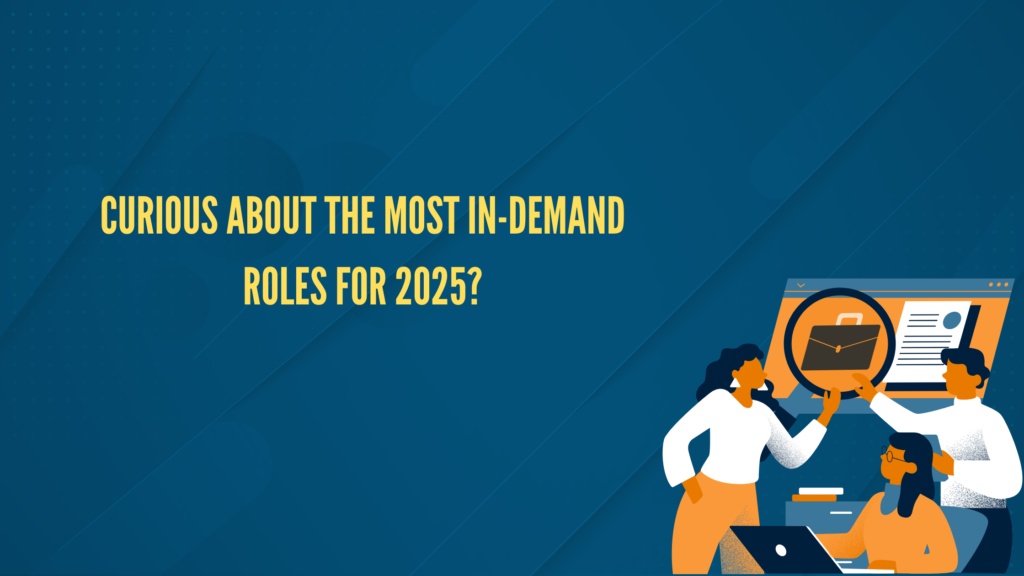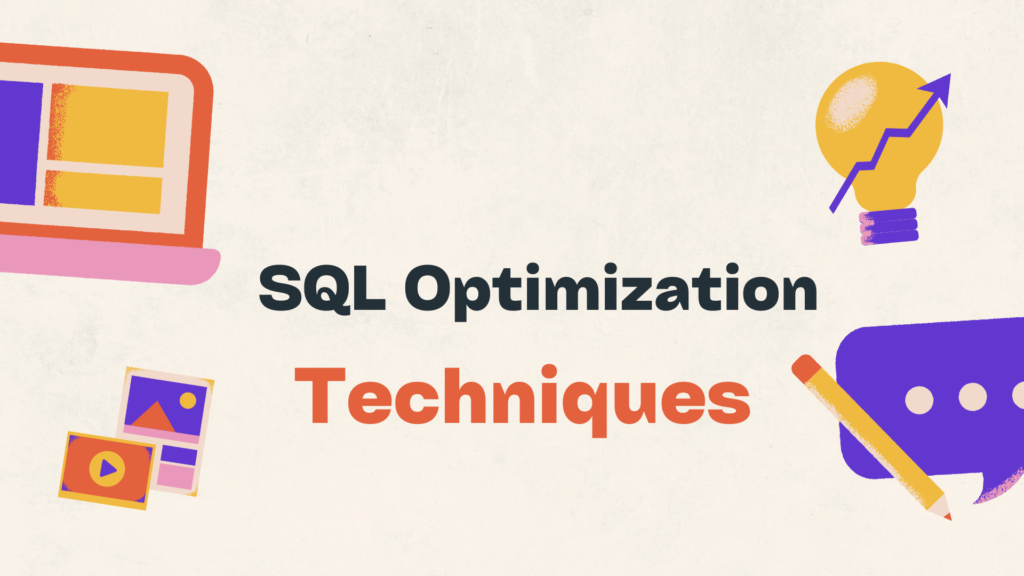The Future of Coding in 2025: Adapting to Automation, AI, and Security Innovations
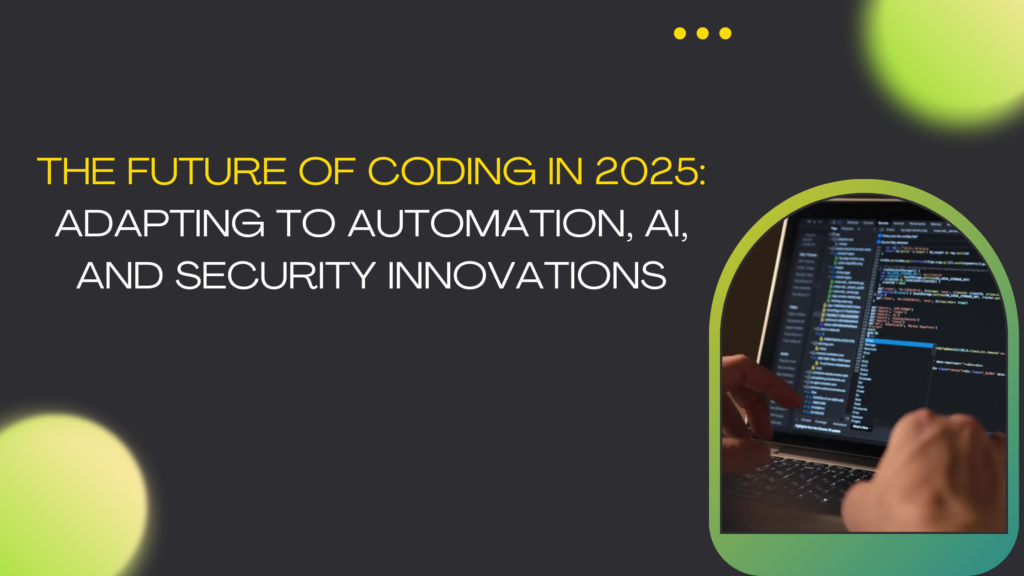
As we approach 2025, the role of developers is undergoing a monumental shift. Driven by automation, artificial intelligence (AI), and an increased focus on security, the software development landscape is evolving rapidly. These changes promise to revolutionize how code is written, tested, and deployed, making it essential for developers to adapt. In this article, we explore how the future of coding will be shaped by these three pillars and provide insights on how developers can prepare for the upcoming transformation.
1. Automation: Redefining Software Development
In 2025, automation will fundamentally change the way developers approach coding. With the help of AI-powered tools and continuous integration/continuous delivery (CI/CD) pipelines, developers will see more of their repetitive tasks automated, allowing them to focus on higher-level coding and creative problem-solving.
- Automated Code Generation: Code generation tools, powered by AI, will go beyond simple templates and start producing fully functional code. Developers will input high-level requirements and get a complete solution that meets the needs of the project.
- Example: A developer working on a mobile application could input features like “user authentication” and “push notifications,” and an automated tool would generate the underlying code, including APIs and database structures, saving valuable development time.
- Continuous Integration and Delivery: Automation will also streamline the deployment process. CI/CD tools will become more advanced, detecting and resolving issues early in the development cycle, and pushing code to production more frequently and reliably.
- Example: A developer may push a new feature to a shared repository, and automated testing and deployment tools will automatically ensure that the feature is integrated, tested, and deployed without manual intervention.
2. AI-Powered Development Tools: Enhancing Productivity and Innovation
AI will play a central role in the future of coding. By 2025, AI-powered development tools will be so advanced that developers will rely on them not just for code completion, but for comprehensive insights into project requirements, bug detection, and even design decisions.
- Code Completion and Refactoring: Tools like GitHub Copilot will evolve, providing more accurate suggestions based on the context of the project. They will not just complete lines of code but also recommend entire blocks of logic, reducing the need for manual coding.
- Example: If a developer is working on an e-commerce site, the AI might suggest a specific method to handle transactions securely, based on current best practices and previous project data, or refactor existing code to optimize performance.
- Intelligent Debugging: In 2025, AI-driven tools will make debugging faster and more efficient. These tools will predict where bugs are most likely to occur, analyze logs for patterns, and automatically suggest fixes.
- Example: Instead of manually sifting through thousands of lines of code, a developer could use an AI tool that flags potential issues and provides fixes, like a missing parameter or a performance bottleneck in the code.
- Predictive Development: AI will also assist in predicting the development process itself. AI tools will analyze past projects and make recommendations based on patterns, offering insights into project timelines, potential risks, and even future feature additions.
- Example: During the planning phase of a new app, AI might suggest the most suitable tech stack based on the type of application and anticipated user load, helping developers make data-driven decisions.
3. Security First: Building Secure Software from the Ground Up
As cybersecurity threats grow in complexity, the need for secure software development practices will be more important than ever. By 2025, security will no longer be an afterthought in development but an integral part of the process from day one.
- Automated Security Testing: Security testing will be automated, running in the background as developers write code. AI-powered security tools will automatically flag vulnerabilities, such as SQL injections, cross-site scripting (XSS), or unencrypted data storage, in real-time.
- Example: As a developer builds a web application, the automated security tool will immediately detect any sensitive data that is being stored in plain text, alerting the developer to encrypt it before deployment.
- Zero-Trust Architecture: The zero-trust security model, which assumes that no user or system can be trusted by default, will be the standard in 2025. Developers will integrate this model into their applications, ensuring that all access requests are verified and authenticated before being granted.
- Example: A developer working on a financial application will implement multi-factor authentication (MFA) and token-based access controls for every user request, ensuring that the system is secure even if one layer of defense is compromised.
- Privacy-By-Design: As data privacy laws evolve, developers will be required to build applications that ensure data privacy by design. This will mean automatically incorporating encryption, anonymization, and other privacy measures into the coding process.
- Example: When building a healthcare app, the developer will ensure that sensitive patient data is encrypted both in transit and at rest, in compliance with regulations like GDPR or HIPAA.
4. The Role of Blockchain in Secure Coding
Blockchain technology will continue to gain traction as a solution for improving security and transparency in coding practices. By 2025, developers will increasingly use blockchain for secure data transactions, supply chain transparency, and decentralized applications (dApps).
- Smart Contracts for Secure Transactions: Developers will leverage blockchain to create decentralized applications (dApps) and use smart contracts to automate and secure transactions without intermediaries.
- Example: A developer working on a decentralized finance (DeFi) platform might implement smart contracts to automate transactions such as loans or asset transfers, ensuring the integrity and security of the process through blockchain’s immutable ledger.
- Secure Data Sharing: Blockchain’s ability to provide transparent and tamper-proof records will be used to enhance data security, particularly in industries like healthcare and finance.
- Example: In a supply chain management system, blockchain will be used to track the provenance of goods and ensure that data about their origin cannot be altered, providing transparency and security for all stakeholders.
5. The Cloud: A New Era of Distributed Development
The cloud will continue to dominate as the primary environment for developing, deploying, and managing applications. By 2025, cloud-native development will become the norm, with serverless architectures and microservices driving efficiency and scalability.
- Serverless Computing: Serverless architectures, where developers focus on writing code rather than managing servers, will be more widely adopted. Cloud providers will offer more advanced tools for deploying serverless applications, reducing infrastructure management overhead for developers.
- Example: A developer building a mobile app could focus on the core logic and user interface, while the cloud provider automatically handles scalability, load balancing, and infrastructure management without the developer needing to worry about the underlying servers.
- Microservices Architecture: Developers will increasingly rely on microservices, where applications are broken down into smaller, independent services that can be deployed and updated separately. This approach makes it easier to scale applications and improve fault tolerance.
- Example: In a video streaming platform, the authentication service, content delivery service, and payment service might each be developed and deployed as separate microservices, allowing for easier updates and maintenance without affecting the entire platform.
6. The Emergence of Low-Code and No-Code Platforms
While professional developers will continue to play a key role in building complex applications, low-code and no-code platforms will democratize development, enabling more individuals—especially those with limited technical experience—to create their own solutions.
- Low-Code/No-Code Development: By 2025, developers will rely on low-code/no-code platforms to rapidly prototype and build applications. These platforms will provide pre-built components, workflows, and integrations that make it easier for developers to create functional software without writing extensive code.
- Example: A developer could use a low-code platform to quickly create a customer relationship management (CRM) tool with built-in reporting, dashboards, and integrations with other systems, without having to manually write each line of code.
7. The Developer’s Evolving Skillset: Adapting to New Technologies
As automation, AI, security, and cloud computing continue to reshape the software development landscape, developers will need to cultivate a new set of skills to stay competitive.
- AI and Machine Learning Expertise: Understanding how to incorporate AI into applications will be essential. Developers will need to become proficient in machine learning algorithms, data preprocessing, and training models to make their applications smarter.
- Cloud-Native Development: Developers will need to become experts in cloud technologies and serverless architectures, ensuring that applications are designed to scale efficiently and cost-effectively in the cloud environment.
- Cybersecurity Knowledge: With security being a top priority, developers must become well-versed in secure coding practices, encryption, authentication protocols, and compliance regulations to build trustworthy software.
8. AI-Assisted Collaboration: The New Era of Teamwork in Development
As AI tools become more integrated into the development process, collaboration among teams will become more efficient. AI will help bridge the gap between developers, designers, product managers, and business stakeholders by providing smarter collaboration platforms.
- AI-Driven Task Management: AI tools will automate task assignments, predict bottlenecks, and suggest improvements in the workflow, allowing teams to work more cohesively and proactively.
- Example: A project manager uses an AI-powered tool to automatically prioritize tasks based on real-time progress, resource availability, and deadlines, streamlining the workflow for the entire development team.
9. Edge Computing and its Impact on Software Development
With the rise of IoT devices, 5G, and decentralized systems, edge computing will revolutionize how applications interact with real-time data. By 2025, developers will need to account for distributed systems, designing software that processes data at the edge rather than relying entirely on centralized cloud servers.
- Decentralized Data Processing: Developers will leverage edge computing to process data locally, reducing latency and improving performance for applications that require real-time data, such as autonomous vehicles and smart cities.
- Example: A developer working on a smart home system will implement edge computing to process voice commands and sensor data locally on the device, ensuring fast response times and reduced reliance on cloud services.
10. Quantum Computing: Preparing for the Next Frontier
Though still in its early stages, quantum computing will begin to influence software development by 2025. Developers will need to explore new algorithms and paradigms to harness the power of quantum systems, which could solve complex problems exponentially faster than traditional computers.
- Building Quantum-Ready Software: Quantum algorithms will open up new possibilities for encryption, optimization problems, and simulations, challenging developers to learn about quantum computing and adapt their development practices accordingly.
- Example: A developer working in the field of cryptography might explore quantum encryption methods that utilize quantum mechanics to create more secure communication channels, making traditional encryption techniques obsolete.
11. The Rise of Personalization in Software Development
Personalization will become a central aspect of software applications, driven by AI and big data analytics. In 2025, developers will increasingly focus on creating highly personalized user experiences that adapt in real-time to individual user behaviors and preferences.
- Context-Aware Applications: AI and machine learning algorithms will analyze user behavior and deliver content, functionality, and recommendations tailored to each individual.
- Example: A developer building an e-commerce platform will implement personalized recommendations based on a user’s browsing and purchase history, increasing customer engagement and sales.
12. The Green Coding Revolution: Sustainable Software Development Practices
As concerns about the environmental impact of technology grow, developers will be expected to build more energy-efficient and sustainable software. By 2025, green coding will become an essential practice, with an emphasis on reducing the carbon footprint of applications.
- Energy-Efficient Code: Developers will write code that minimizes resource consumption, optimizing algorithms and reducing the energy needed to run applications.
- Example: A developer building a mobile app will focus on optimizing image sizes, data requests, and processing power to ensure that the app consumes less energy, contributing to lower environmental impact.
13. DevOps Evolution: Automation, AI, and Security Integration
By 2025, DevOps practices will evolve even further, integrating AI-driven automation, enhanced security protocols, and real-time monitoring to streamline the software development lifecycle.
- AI-Powered DevOps: AI will optimize deployment pipelines by automating testing, monitoring, and incident management, enabling faster feedback loops and more efficient code deployments.
- Example: A DevOps engineer might implement AI-driven predictive analytics to automatically detect issues in the CI/CD pipeline, such as bugs or slowdowns, and resolve them before they impact production.
14. Cross-Platform Development: Building for a Multidevice World
In 2025, developers will increasingly need to create applications that work seamlessly across multiple platforms and devices, from smartphones to smartwatches to augmented reality (AR) glasses. Cross-platform development will become more advanced, allowing for a unified user experience across all devices.
- Unified User Experience: Developers will leverage frameworks like Flutter or React Native to build apps that work across Android, iOS, and other platforms, ensuring consistent performance and functionality.
- Example: A developer creating a fitness application will use a cross-platform framework to ensure that users can access their data and track progress from a smartphone, smartwatch, and tablet with identical user experiences.
15. The Importance of Soft Skills in Future Coding Careers
While technical expertise will always be crucial, soft skills such as communication, problem-solving, and empathy will become increasingly important for developers in 2025. The ability to work collaboratively with cross-functional teams, communicate complex technical concepts clearly, and understand user needs will set top developers apart.
- Effective Communication with Stakeholders: Developers will need to translate complex technical challenges into understandable terms for non-technical stakeholders, ensuring alignment with business objectives.
- Example: A developer working on a SaaS product will need to communicate technical requirements and limitations to the marketing team to ensure the product features meet the customer’s expectations.
16. The Rise of Digital Twins and Their Impact on Coding
Digital twins—virtual replicas of physical objects or systems—will become a key technology in 2025, particularly in industries like manufacturing, automotive, and healthcare. Developers will need to create software that interacts with and manages these digital representations, allowing for real-time monitoring, testing, and optimization.
- Building Virtual Models: Developers will use IoT sensors and data analytics to create digital twins of physical systems, allowing for simulations and predictive maintenance.
- Example: A developer working with a manufacturing company might design software that creates a digital twin of a factory, simulating production processes and predicting equipment failures before they occur.
17. The Role of Ethics in AI and Automation for Developers
As AI and automation become integral to software development, ethical considerations will become paramount. Developers will need to ensure that AI algorithms are transparent, fair, and accountable, avoiding biases and ensuring that the technology benefits everyone.
- AI Transparency and Bias Mitigation: Developers will need to build AI systems that are explainable and free from biases, ensuring that AI-powered tools do not unfairly discriminate against certain groups or individuals.
- Example: A developer working on an AI-powered hiring platform will implement safeguards to ensure that the algorithm does not favor certain demographics over others, promoting fair and equal opportunities for all candidates.
18. Augmented Reality (AR) and Virtual Reality (VR) in Software Development
By 2025, AR and VR will no longer be niche technologies but will become integral to mainstream software applications. Developers will need to create immersive experiences that blend the digital and physical worlds, expanding the use cases for industries such as gaming, education, healthcare, and retail.
- Creating Immersive User Experiences: Developers will design applications that leverage AR and VR for training, simulations, and interactive shopping experiences, transforming how users engage with digital content.
- Example: A developer working on an online retail platform will create a VR shopping experience, allowing users to explore virtual stores and try on products before making a purchase, all from the comfort of their home.
19. Serverless Computing: The Next Evolution in Scalable Application Development
Serverless computing will continue to gain popularity by 2025, with developers shifting away from managing infrastructure to focusing entirely on writing code. This change will allow developers to build scalable applications without worrying about server management, drastically reducing overhead.
- Focus on Code, Not Servers: Serverless platforms, such as AWS Lambda, Azure Functions, and Google Cloud Functions, will empower developers to build applications that scale automatically with user demand, without managing underlying servers.
- Example: A developer creating a real-time video processing app will use serverless architecture to process user-uploaded videos on the fly, with the system automatically scaling up resources as demand increases during peak usage times.
20. Blockchain Technology: Beyond Cryptocurrencies and Into the Mainstream
Blockchain technology will evolve in 2025 to solve more complex problems beyond cryptocurrency. Developers will explore blockchain’s potential in areas such as supply chain management, healthcare data security, and decentralized applications (DApps), all of which require a deep understanding of distributed ledger technology.
- Building Decentralized Applications (DApps): Developers will increasingly create blockchain-based applications that allow for transparent, tamper-proof transactions without the need for intermediaries.
- Example: A developer working in supply chain management will build a DApp using blockchain technology to track the movement of goods from suppliers to consumers, ensuring transparency and reducing fraud.
In today’s rapidly evolving tech landscape, staying ahead is more important than ever. At Ignisys IT, we offer industry-leading training programs designed to equip you with the skills needed to excel in fields like Cloud Computing, Cybersecurity, Data Science, Salesforce, and more.
Whether you’re looking to advance your career or start a new one, our expert-led courses provide hands-on experience and real-world knowledge that will help you thrive in the tech industry.

